
Melting ice is threatening the survival of Arctic seals - Photo: REUTERS
According to VNA and CNN, the International Union for Conservation of Nature (IUCN) on October 10 announced the 2025 update of the Red Book on species threatened with extinction.
Of these, three seal species that depend on sea ice, including hooded seals, bearded seals and saddle seals, have all been raised to the threat level due to rapid ice melting in the Arctic.
The IUCN report found that the region is warming four times faster than the rest of the planet, significantly reducing the range of sea ice-dependent species. In addition to climate change, shipping, oil and gas exploration, industrial fishing and hunting are also increasing the risk to seal populations.
"All Arctic mammals - from seals to whales and polar bears - depend on sea ice. As this ice melts rapidly due to human activity, the entire ecosystem is threatened," warned Kit Kovacs, head of the IUCN Marine Mammal Specialist Group.
According to IUCN, 61% of bird species worldwide are also experiencing population declines , a sharp increase from the 44% recorded in 2016. The main causes are deforestation, agricultural expansion, climate change and biological invasion.
Hard-hit areas include Madagascar, West Africa and Central America, where species such as the Asity Schlegel's bird, the black-headed hornbill and the northern throuple have recently been classified as "near threatened".
"The fact that 61% of the world's bird species are in decline is a wake-up call we cannot ignore," said Dr Stuart Butchart, chief scientist at BirdLife International.
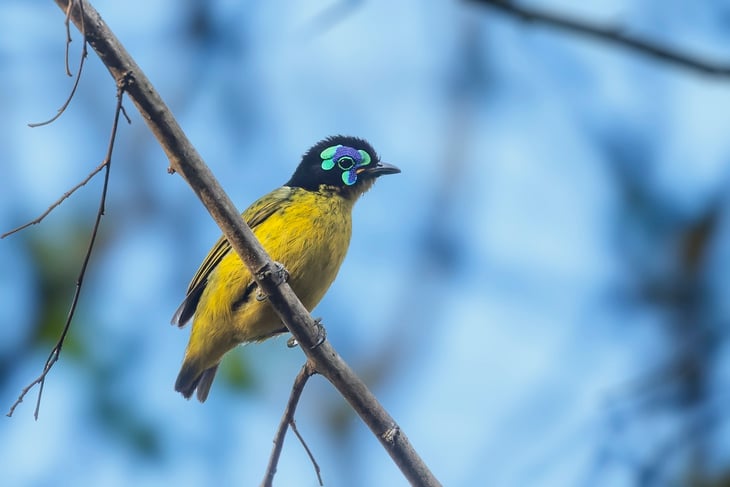
The Asity Schlegel bird is declining at an alarming rate - Photo: iucn.org
As of October 2025, the IUCN Red List recorded 172,620 species, of which 48,646 are threatened with extinction . Conservationists say this is clear evidence of the rate of biodiversity loss under the pressure of climate change and unsustainable economic development.
However, amid the bleak picture there is a bright spot: the green turtle has been removed from the "endangered" list after its population increased 28% since the 1970s thanks to long-term conservation programs and strict hunting bans.
The IUCN report was released just ahead of the 30th Conference of the Parties to the United Nations Framework Convention on Climate Change (COP30) in Belem, Brazil, in November, where the protection of the Amazon rainforest and biodiversity will be at the heart of discussions.
Source: https://tuoitre.vn/sach-do-2025-61-loai-chim-dang-bien-mat-hai-cau-bac-cuc-nguy-cap-20251011164304853.htm




![[Photo] Discover unique experiences at the first World Cultural Festival](https://vphoto.vietnam.vn/thumb/1200x675/vietnam/resource/IMAGE/2025/10/11/1760198064937_le-hoi-van-hoa-4199-3623-jpg.webp)









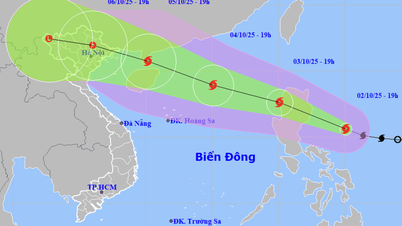









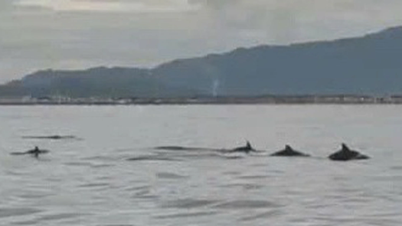
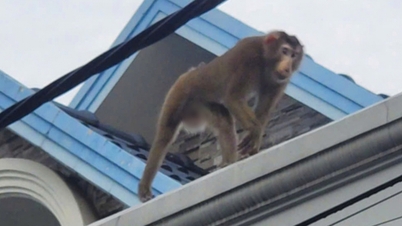



















































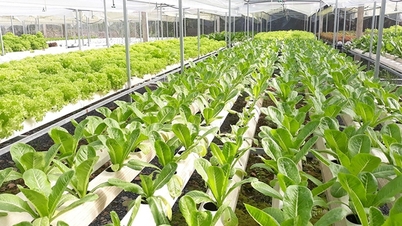

























Comment (0)